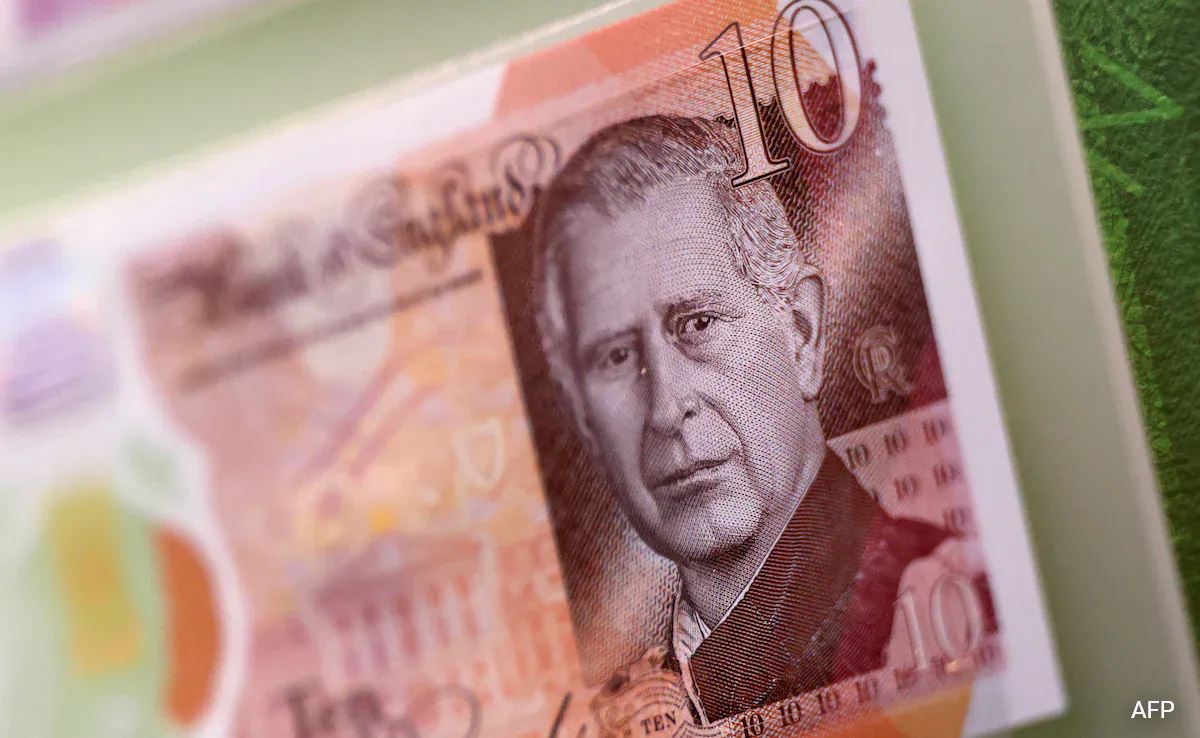In a significant milestone for the United Kingdom, British banknotes bearing the image of King Charles III have entered circulation for the first time. This marks nearly two years since he succeeded his mother, Queen Elizabeth II, who passed away in September 2022. The new banknotes, which carry values of £5, £10, £20, and £50, will circulate alongside the existing notes featuring the late Queen.
The introduction of these banknotes follows the earlier circulation of coins bearing Charles’s head in December 2022. Despite the increasing preference for physical and online bank cards for transactions, Bank of England governor Andrew Bailey highlighted the importance of cash for many Britons, calling the event “a historic moment.” He acknowledged the significance of Queen Elizabeth II’s 70-year reign and emphasised the Bank’s commitment to providing banknotes “for as long as the public demand them.”
King Charles III approved the final designs of the notes, based on a photograph from 2013 owned by the royal household, in late 2022. These new notes are made from polymer, a material introduced to replace paper money in the UK since 2016. The transition to polymer not only enhances durability but also aligns with environmental and financial considerations, as the notes will be printed only to replace worn-out ones or to meet increased demand.
On Wednesday, queues formed outside the Bank of England’s headquarters in London and at post offices across the UK as people sought to acquire the first banknotes featuring King Charles III. The new notes maintain the existing designs, with the sole alteration being the portrait of the new monarch. This coexistence of notes bearing Queen Elizabeth II and King Charles III reflects a gradual transition, ensuring minimal disruption.
Cash remains crucial for lower-income households and those receiving welfare benefits at their local Post Office. In recognition of this, 2023 saw legislation aimed at protecting access to cash, underscoring its continued relevance despite the rise in cashless transactions.
The Bank of England has encouraged the public to return old banknotes featuring Queen Elizabeth, facilitating a smooth transition to the new notes. King Charles III now joins his mother as the second British monarch to appear on Bank of England notes. The design process involved previewing the notes at Buckingham Palace before final approval, ensuring the monarch’s input and consent.
For those wishing to exchange old banknotes, the Bank of England has set up specific procedures. From June 5 to June 30, individuals can exchange up to £300 worth of old notes for the new ones at the Bank of England counter on Threadneedle Street. Additionally, an application form is available for those unable to visit in person, providing a convenient alternative for UK residents.
Despite the introduction of the new notes, old banknotes featuring Queen Elizabeth II will remain valid and in circulation. The Bank of England stated, “The new banknotes will only be printed to replace those that are worn, and to meet any overall increase in demand for banknotes. This means the public will begin to see the new King Charles III notes very gradually.”
This transition period reflects both continuity and change within the UK’s monetary system, honouring the legacy of Queen Elizabeth II while embracing the new era under King Charles III. As the nation adapts to this historic change, the Bank of England’s approach ensures a seamless integration of the new banknotes, balancing tradition with modernity.
